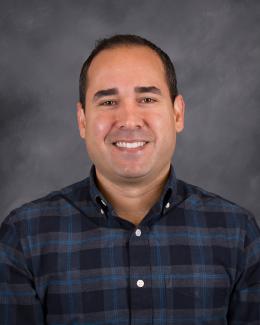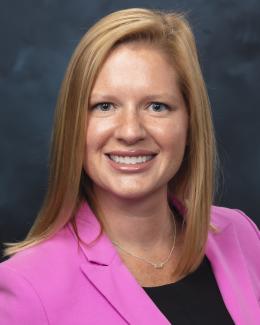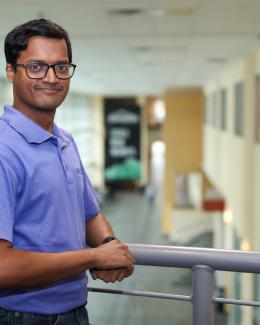Abstract
As plans are made to extend licenses for the aging fleet of commercial nuclear power plants for periods of sixty years and beyond, research into the long-term integrity of their concrete structures has increased. Ultrasound tomography is a useful tool for nondestructive evaluation of these concrete structures. Typically, pulse-echo measurements are made over a large surface and are processed using a reconstruction algorithm, producing a 3D image of the structure that highlights embedded defects. These measurements are processed using a delay-and-sum algorithm such as the synthetic aperture focusing technique (SAFT). Oak Ridge National Laboratory is developing novel ultrasound model-based image reconstruction (U-MBIR) algorithms to improve the imaging capability of pulse-echo ultrasound array imagers. U-MBIR is an inversion technique that reconstructs the sample under test from the ultrasound measurements by formulating and solving a mathematical optimization problem using two sets of terms: one set ensures that the reconstruction matches measured data based on a model for the physics of beam propagation with the noise in the detector, and another set ensures that the reconstruction has certain properties based on a model for the object being scanned. This paper compares three techniques: SAFT, frequency-banded SAFT (FB-SAFT), and U-MBIR. The U-MBIR method produces higher quality images of the underlying concrete structures compared to the images produced using SAFT and FB-SAFT from the same set of measurements. This paper also illustrates the detection of various defects with higher confidence due to the lower noise and artifact-free U-MBIR images.




